
Posted by admin
in Industry Talks,
Partner on May 27, 2025
Tuesday, 27 May 2025 – G Element hosted its May 2025 workshop on ‘Digital Twin Dynamics with Senfi – Innovate and Elevate’ at BeyondX Living Lab, featuring two groups of attendees from the AM and PM sessions respectively.
Attendees explored how G Element’s Senfi Digital Twin platform is enhancing efficiency, sustainability, and decision-making using AI-driven predictive analytics in the built environment.
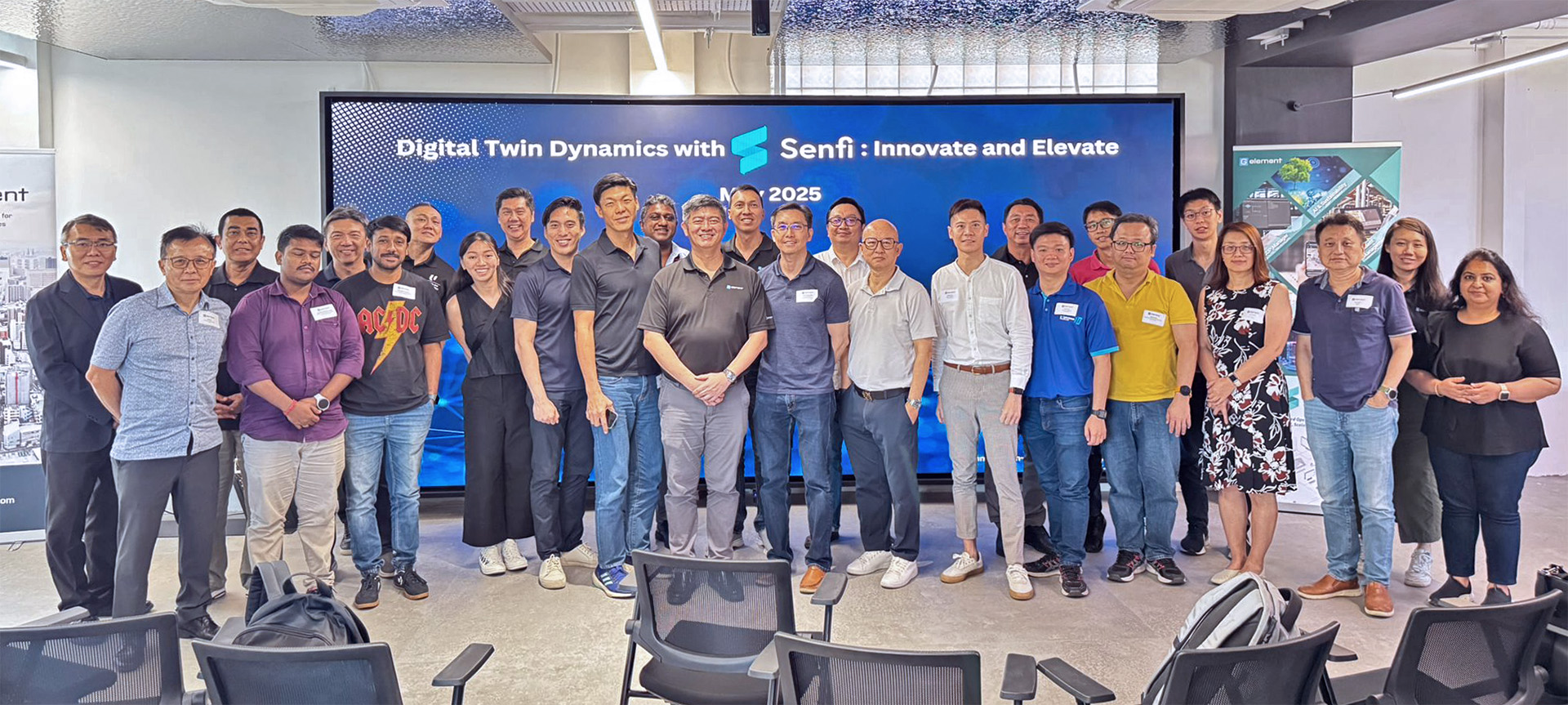
Attendees at G Element May 2025 Workshop (AM Session) – Digital Twin Dynamics with Senfi: Innovate and Elevate
The workshop presented a discussion on Digital Twin Technology, highlighting the difference between a Digital Model and a Digital Twin, as well as the role played by a Digital Twin in the evolution of Facility Management.
Attendees gained an in-depth understanding of Senfi as an integrated Open Digital Twin Platform that served as a multi-protocol middleware, enabling single integration for sensors and sub-systems. Key workshop highlights included a showcase of the individual product features of Senfi, as well as previews of the upcoming Senfi AI Service and ESG Engine.
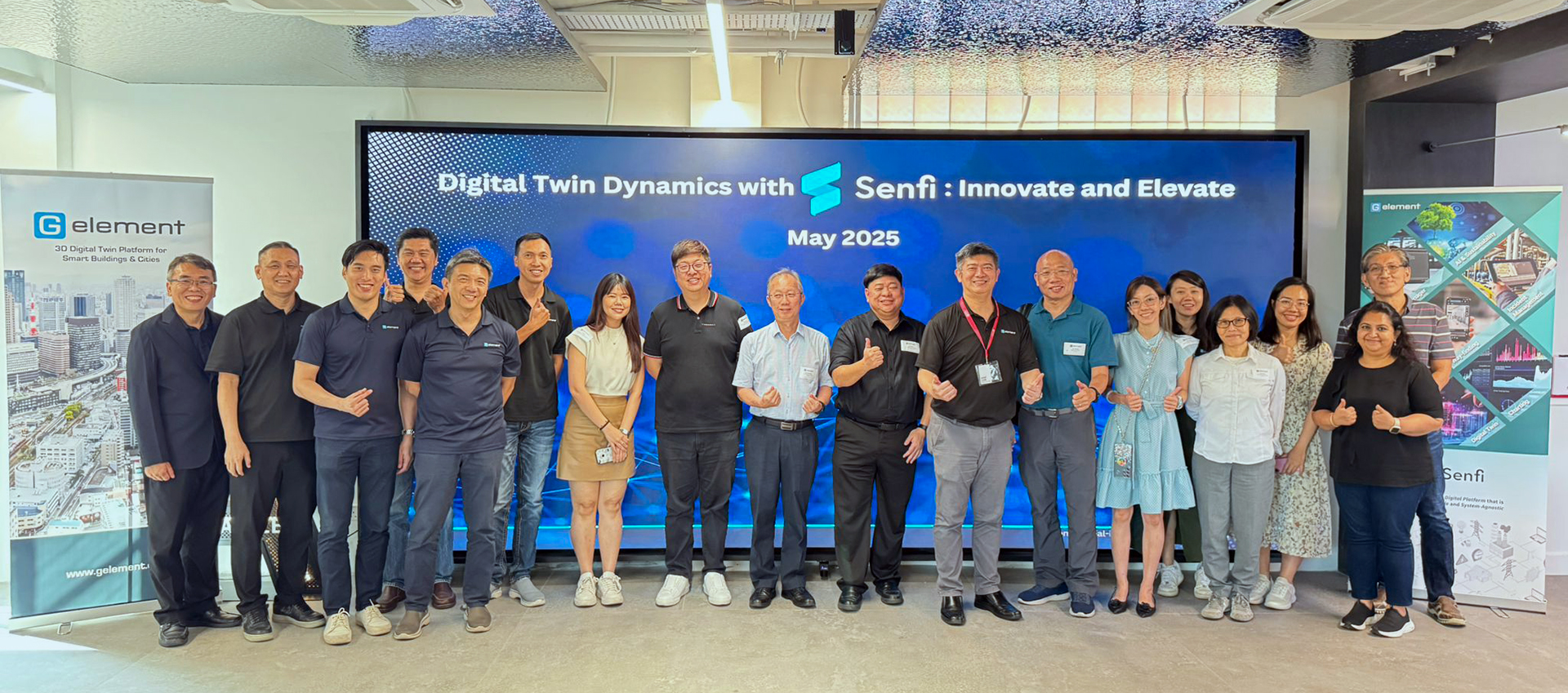
Attendees at G Element May 2025 Workshop (PM Session) – Digital Twin Dynamics with Senfi: Innovate and Elevate
Participants also viewed a video explaining the evolution of a Digital Twin across ten levels – with clear definition for each level. At the event, Senfi was introduced as a commercially deployed, cumulative Level 6 Digital Twin within the 10-Level Digital Twin Framework, demonstrating its real-world impact.
The Senfi Collaboration Model was examined, detailing strategic partnership pathways within the Senfi ecosystem to fully unlock the platform’s potential and advance toward a Level 9 Immersive Digital Twin.
This workshop also featured a sharing by a guest speaker from the National Trades Union Congress (NTUC), which provided invaluable information and insights on the NTUC’s Company Training Committee (CTC) Grant. This grant supports companies in funding their business transformation by enhancing their core capabilities, innovation and/or productivity.*
From insightful discussions to networking with industry partners and like-minded professionals, the workshop was filled with enthusiasm and innovation. A big thank you to all our amazing participants for making this event a success!
Stay tuned for our next workshop in June 2025 and follow us for more updates on how digital twin technology is transforming industries!
* Please contact business@gelement.com for more information on a potential funding support for implementing the Senfi Digital Twin solution by NTUC’s Company Training Committee (CTC) Grant.

Posted by admin
in Marketing Resources on May 7, 2025
In an era where technology shapes the way we design, operate, and maintain our built environment, digital twin technology has emerged as a vital tool for enhancing efficiency, decision-making, and innovation. At the very basic, a digital twin is a virtual representation of a physical object, process, or system that enables real-time monitoring, simulation, and optimization. But not all digital twins are created equal — they evolve through distinct levels of maturity, each bringing unique capabilities to the table. In the market today, digital twins are categorized into different levels based on their complexity, capabilities, and integration depth. Understanding these levels is essential for businesses seeking to adopt the right digital twin strategy.
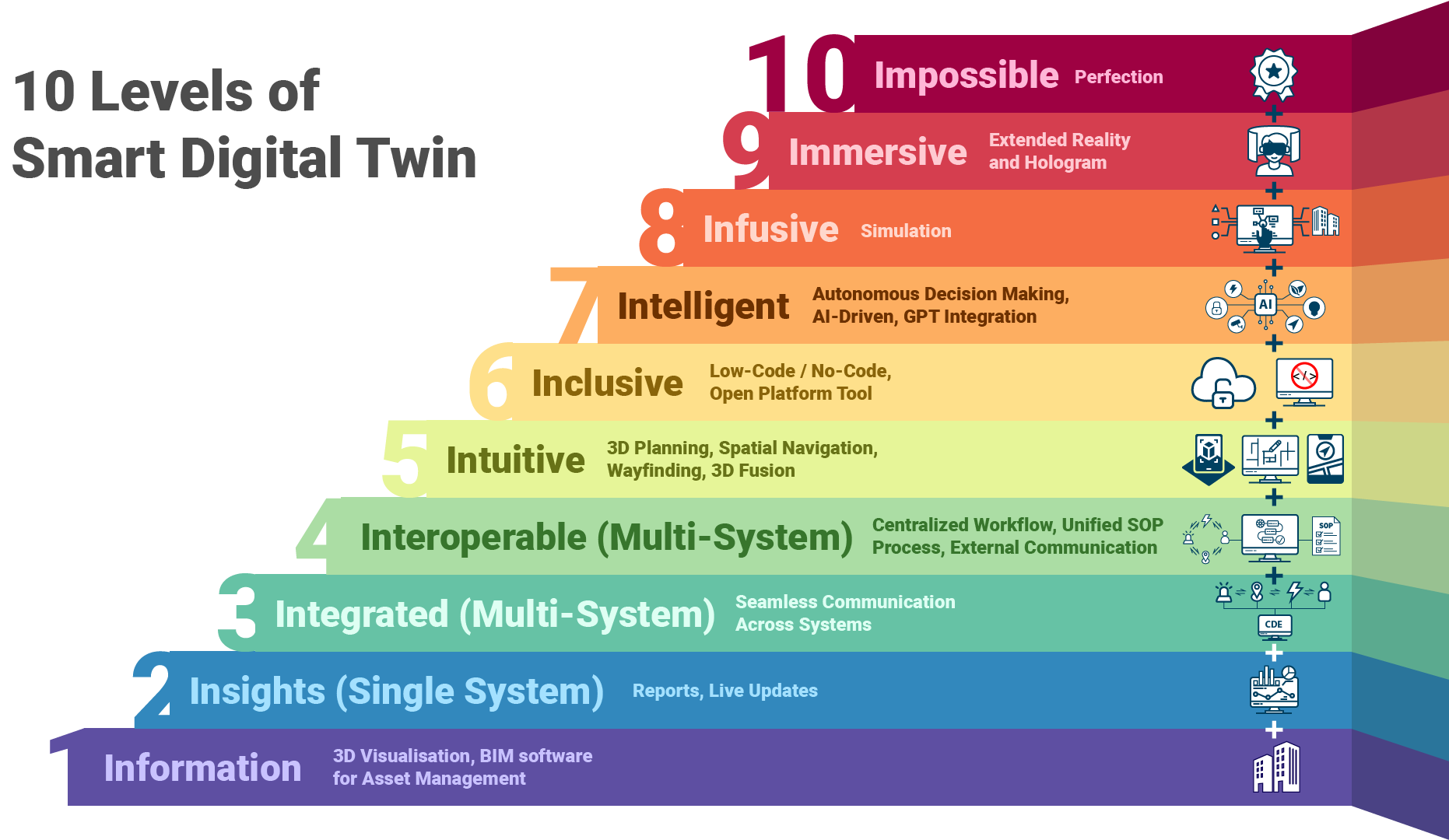
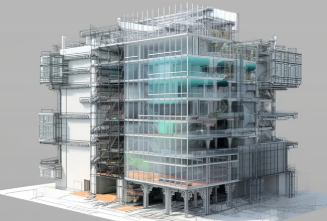
Level 1: Informative Twin
This entry-level digital twin acts as a digital representation of physical and functional characteristics of buildings and assets, and a depository of building information.
|
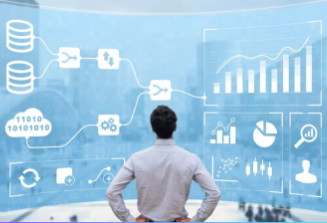
Level 2: Insightful Twin
Here, the twin begins to provide real-time sensor and IoT data for monitoring operations, charts, and reports, often limited to a focused data integration from a single source like CCTV or IoT systems.
|
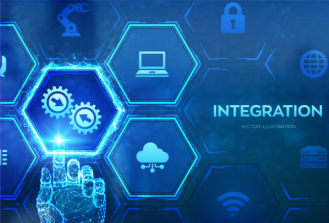
Level 3: Integrated Twin
The twin begins to combine different systems into a unified solution with specific configurations. It integrates with other systems for seamless data exchange, monitoring, and control.
|
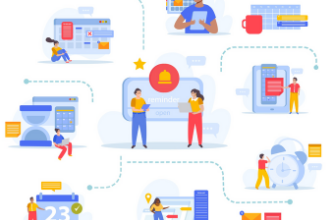
Level 4: Interoperable Twin
Here, the twin interoperates systems using open/standard protocols on open platforms. It supports SOP processes, workflow, and external communication gateways, enabling communication without extensive custom integration.
|

Level 5: Intuitive Twin
The twin now has asset planning capabilities. It presents unified data, alarms, and live 3D views on a single dashboard and provides clear visual cues for wayfinding. It offers city-wide overviews to detailed building layouts.
|
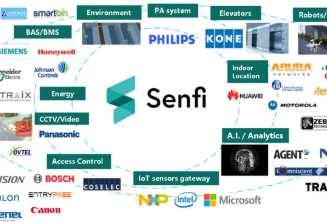
Level 6: Inclusive Twin
This digital twin platform is a Low-code/No-code solution that supports cross-industry collaboration. Its open APIs enable systems to interact without needing full integration, ensuring connectivity and interoperability for global brands.
|
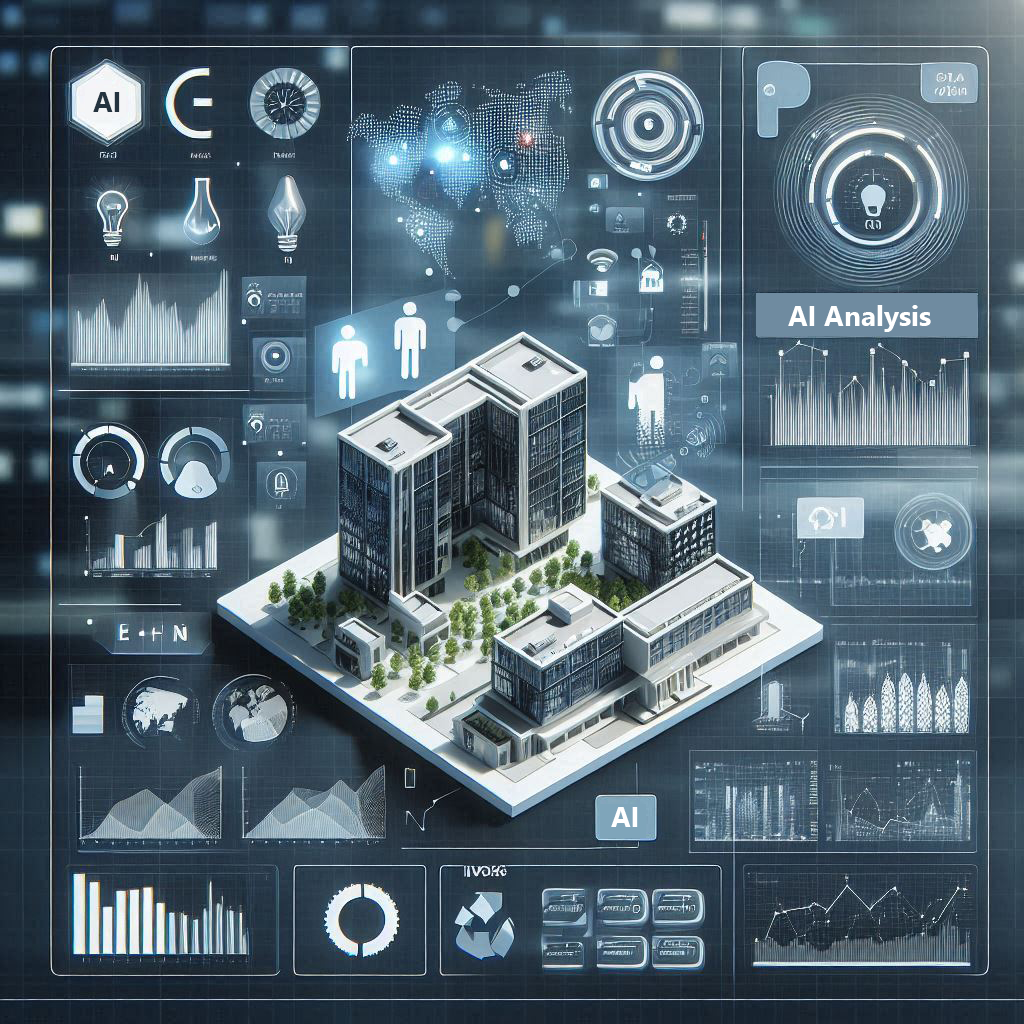
Level 7: Intelligent Twin
The digital twin uses AI and machine learning to learn and adapt in real-time. It autonomously controls and optimises physical systems, enhancing energy efficiency. AI integration also allows for straightforward data queries and insights beyond predictive monitoring.
|
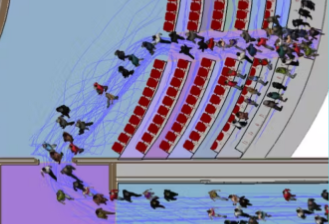
Level 8: Infusive Twin
This twin represents a breakthrough in the current digital twin technological advancement. Built Environment Simulations and AI models are used for actionable insights on asset performance.
These capabilities can be utilized in areas such as emergency planning, urban planning and training simulations.
|
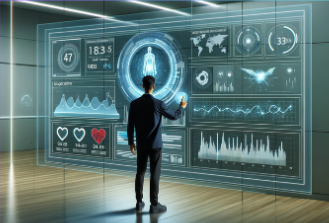
Level 9: Immersive Twin
This concept involves a 3D projection of a digital twin, enabling users to navigate through the twin in Extended Reality, including Augmented Reality (AR), Virtual Reality (XR), and Mixed Reality (MR).
|
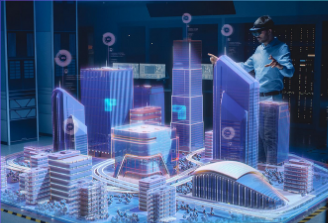
Level 10: Impossible Twin
This is the perfection of a digital twin which is not yet possible. Digital twins are still developing, and current technology limits their capabilities. Complete integration with financial systems, sustainability initiatives, and cybersecurity has not been achieved yet.
|
Choosing the Right Level
The choice of digital twin level depends on the organization’s objectives, resources, and technological readiness. While some businesses may benefit from a simple informative twin, others may require the advanced capabilities of a prescriptive or autonomous twin. Scalability is also crucial, as companies often start with a lower-level twin and evolve toward higher sophistication over time.
Why It Matters
Understanding and advancing through these maturity levels is key to unlocking the full potential of the Digital Twin technology.
To navigate the complexities of modern urban life, we need dynamic, data-driven simulations: AI-powered digital twins…. By integrating real-time data, advanced analytics, and immersive visuals, digital twins empower decision-makers to understand and manage increasingly complex and vulnerable interconnected urban systems with unprecedented clarity. Time is of the essence. This technology allows us to optimize resource allocation, preemptively mitigate risks, and construct resilient urban environments- critical in a world of rapid change.
– Extracted from ‘AI Digital Twins: Your City’s Edge In A World Of Unprecedented Change’ By Timothy Papandreou (https://www.forbes.com)
Conclusion
Digital twins offer a spectrum of capabilities, from basic visualization to full autonomy. As the technology matures, the adoption of digital twins across industries will continue to grow. By understanding the different levels and their applications, businesses can make informed decisions that align with their digital transformation goals.